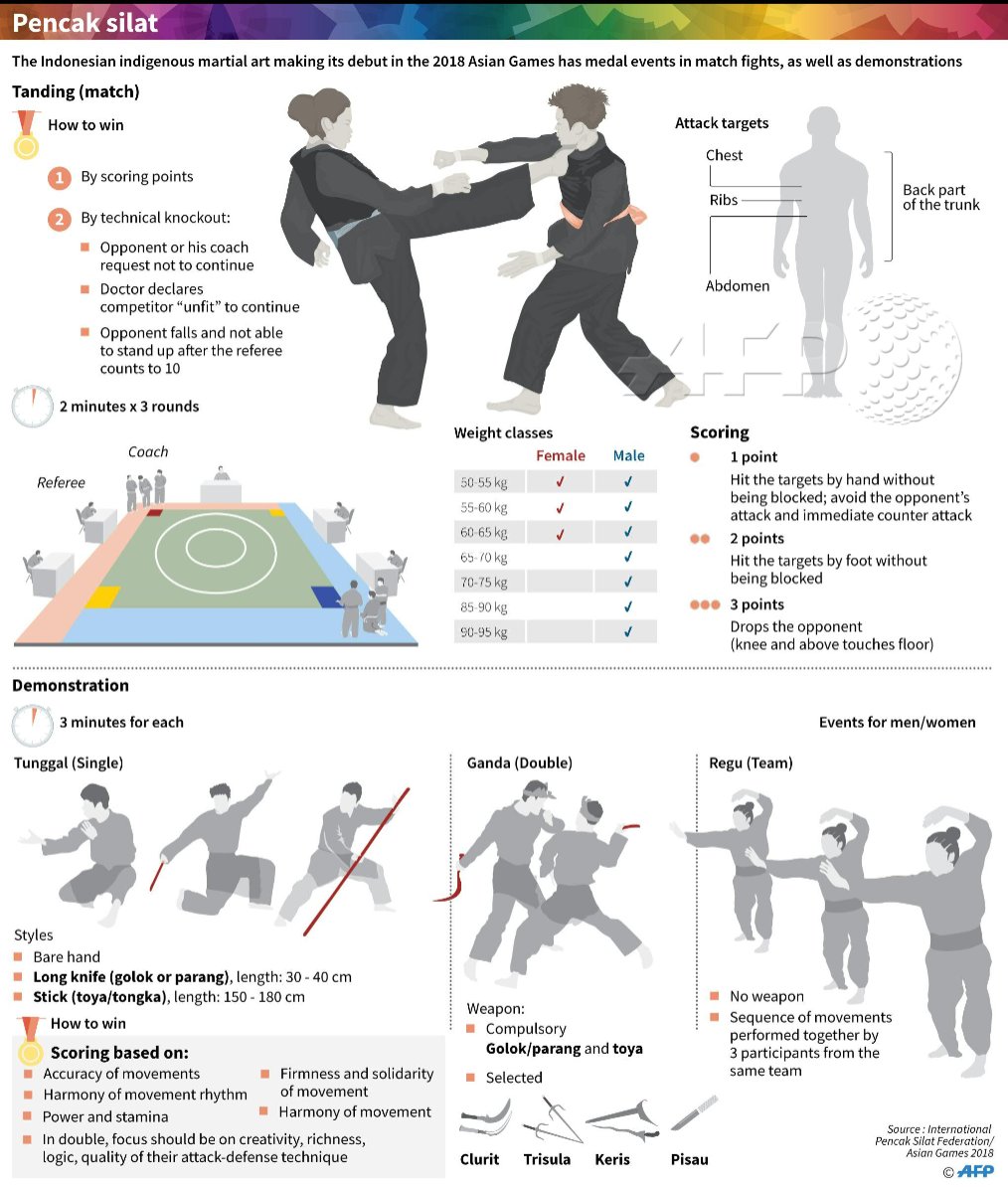Exploring The Differences Between Conventional Martial Arts And Contemporary Battle Sports
Exploring The Differences Between Conventional Martial Arts And Contemporary Battle Sports
Blog Article
Material Writer-Sherman Hovgaard
When you think about martial arts, do you lean extra toward the typical practices or the contemporary battle sports? Each path supplies one-of-a-kind advantages and experiences, shaped by their approaches and training approaches. Standard martial arts emphasize personal development and discipline, while modern-day fight sports focus on competition and performance. Comprehending these distinctions can guide you in picking the best approach for your journey. But exactly how do adult martial art classes near me show up in training and philosophy?
The Approach and History Behind Typical Martial arts
While many people connect martial arts with physical fight, the philosophy and history behind conventional martial arts run much deeper. You'll discover that these techniques emphasize individual development, discipline, and respect.
Originating from old techniques, typical martial arts were often created for Self-Defense and spiritual development. They symbolize concepts such as balance, consistency, and self-control, assisting professionals beyond plain battling abilities.
As you educate, you'll not just find out strategies but also obtain insights right into the culture and values that shaped these arts. The routines and practices, frequently given via generations, promote a feeling of neighborhood and belonging.
The Competitive Nature of Modern Battle Sports
Modern combat sporting activities have transformed the landscape of martial arts right into a highly affordable arena, where professional athletes face off in an examination of ability, strategy, and endurance.
You'll discover that competitors are typically arranged with strict guidelines and guidelines, ensuring fair play and safety and security. These events attract big audiences, fueling the excitement and strength of matches.
Professional athletes train rigorously, not just for physical expertise yet also for psychological toughness, knowing that every information counts in the ring. The adrenaline rush during competitions is palpable, as competitors press their restrictions to assert triumph.
Fans appreciate the athleticism and artistry included, making modern battle sports a thrilling phenomenon that remains to advance and captivate fanatics worldwide.
Training Approaches and Methods: A Comparative Analysis
The competitive atmosphere of modern battle sporting activities demands innovative training methods that differ significantly from standard martial arts.
In https://martialartskids00887.blog2news.com/35711142/embarking-on-the-journey-to-martial-arts-proficiency-a-guide-to-advancing-via-the-belts , you'll concentrate on details techniques, sparring, and conditioning, often using drills that replicate genuine fight circumstances. You'll see an emphasis on quantifiable efficiency and constant competition to analyze your skills.
On the other hand, traditional martial arts focus on types, katas, and thoughtful mentors, typically emphasizing technique and respect over competition.
Training is typically much less extreme and may include repetitive technique as opposed to real-time sparring.
While both methods build ability and physical fitness, modern fight sporting activities give a much more vibrant and adaptable training setting, preparing you for immediate difficulties in the ring or cage.
Pick the course that lines up with your objectives and passions.
Conclusion
In picking between traditional martial arts and modern-day combat sporting activities, it actually boils down to what you value many. If you're looking for individual development, technique, and a sense of community, typical arts may be your best fit. Yet if you flourish on competition and real-time difficulties, modern-day combat sporting activities could be the method to go. Eventually, both courses offer distinct benefits, so it's everything about aligning your training with your individual goals and passions.
